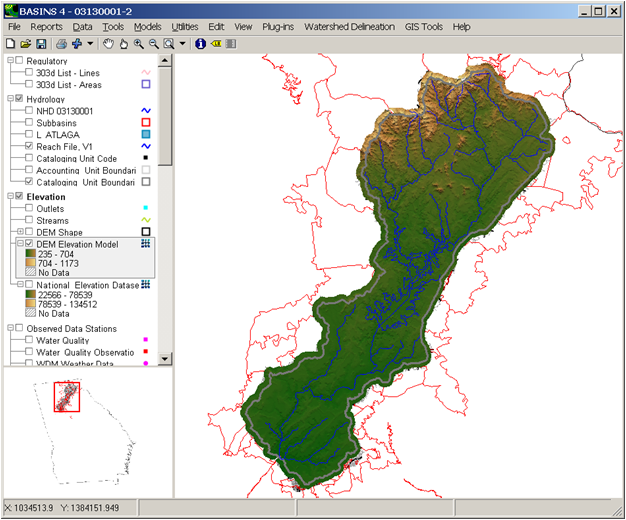Models for Predicting Beach Water Quality

Predictive models are a useful tool for beach managers to protect the health and safety of the public. Models can be used in conjunction with beach water quality monitoring to assess whether a beach is safe for recreational uses.
EPA Guidance on Developing and Using Predictive Tools at Your Beach
The guidance document, Six Key Steps to Developing and Using Predictive Tools at Your Beach, provides a simple, straightforward approach to developing a predictive model for a beach. EPA developed it to encourage states’ use of modeling as a predictive tool to make timely beach advisory or closure decisions and issue same-day public notifications.
- Fact Sheet: Six Key Steps to Developing and Using Predictive Tools at Your Beach (pdf) (March 2016)
- Six Key Steps to Developing and Using Predictive Tools at Your Beach (pdf)
Using Predictive Models for Beach Notification
EPA has conducted research on predictive models for beach notifications, including how and where they are being used, and the differences between models. This research is described in the resources listed.
-
Predictive Tools for Beach Notification Volume I: Review and Technical Protocol (pdf)
(2010)
This document provides beach managers and model developers with technical protocol for developing predictive tools for same-day beach notifications. -
Predictive Modeling at Beaches Volume II: Predictive Tools for Beach Notification (pdf)
This document provides research conducted by EPA on developing statistical models, and EPA’s Virtual Beach model. - Recreational Water Quality Criteria
This webpage contains research conducted as part of EPA's efforts to develop national recommended Recreational Water Quality Criteria. - Beach Models - Predicting Water Quality
This training video shows data collection and monitoring techniques and describes various predictive models that are being used in the Great Lakes region.
Models
EPA and others have developed predictive models and tools for beach managers to evaluate beach water quality in a timely manner to protect human health. The models listed are all supported and hosted by EPA unless otherwise noted.
- AQUATOX: A Simulation Model for Aquatic Ecosystems
AQUATOX is a freshwater ecosystem simulation model. It predicts the fate of various pollutants, such as nutrients and organic toxicants, and their effects on the ecosystem. - BASINS: Better Assessment Science Integrating Point and Nonpoint Sources
BASINS is a multipurpose environmental analysis system designed for use by regional, state, and local agencies in performing watershed and water quality-based studies. - CORMIX for Mixing Zones
CORMIX is a mixing zone model that can be used to assess water quality impacts from point source discharges at surface or sub-surface levels. - DMR Pollutant Loading Tool: The Discharge Monitoring Report (DMR) Pollutant Loading Tool
The DMR Pollutant Loading Tool designed to help calculate pollutant discharge amounts. The tool calculates pollutant loadings from permit and DMR data from EPA‘s Permit Compliance System (PCS) and Integrated Compliance Information System for the National Pollutant Discharge Elimination System (ICIS-NPDES). - Environmental Data Discovery and Transformation (EnDDaT) Tool
EnDDaT is a tool that finds data from a variety of online sources, compiles and processes the data, and performs common transformations. The tool provides a variety of output formats and data visualization tools that can aid in model development and implementation. - SwimCast and NowCast
SwimCast and NowCast are statistical models that use real-time measurements environmental conditions to help predict when E. coli levels are high enough to issue an advisory or swimming ban. SwimCast was developed by and is hosted by the Health Department of Lake County, Illinois. NowCast was developed through a partnership between USGS and others in the state of Ohio, and is hosted by USGS. - Virtual Beach
Virtual Beach (VB) is a software package designed for developing site-specific multiple linear regression (MLR) models for the prediction of pathogen indicator levels at recreational beaches. VB is primarily designed for beach managers responsible for making decisions regarding beach closures due to pathogen contamination. - WASP7
WASP7 is an enhanced version of the Water Quality Analysis Simulation Program (WASP). This model helps users interpret and predict water quality responses to natural phenomena and manmade pollution for various pollution management decisions.
